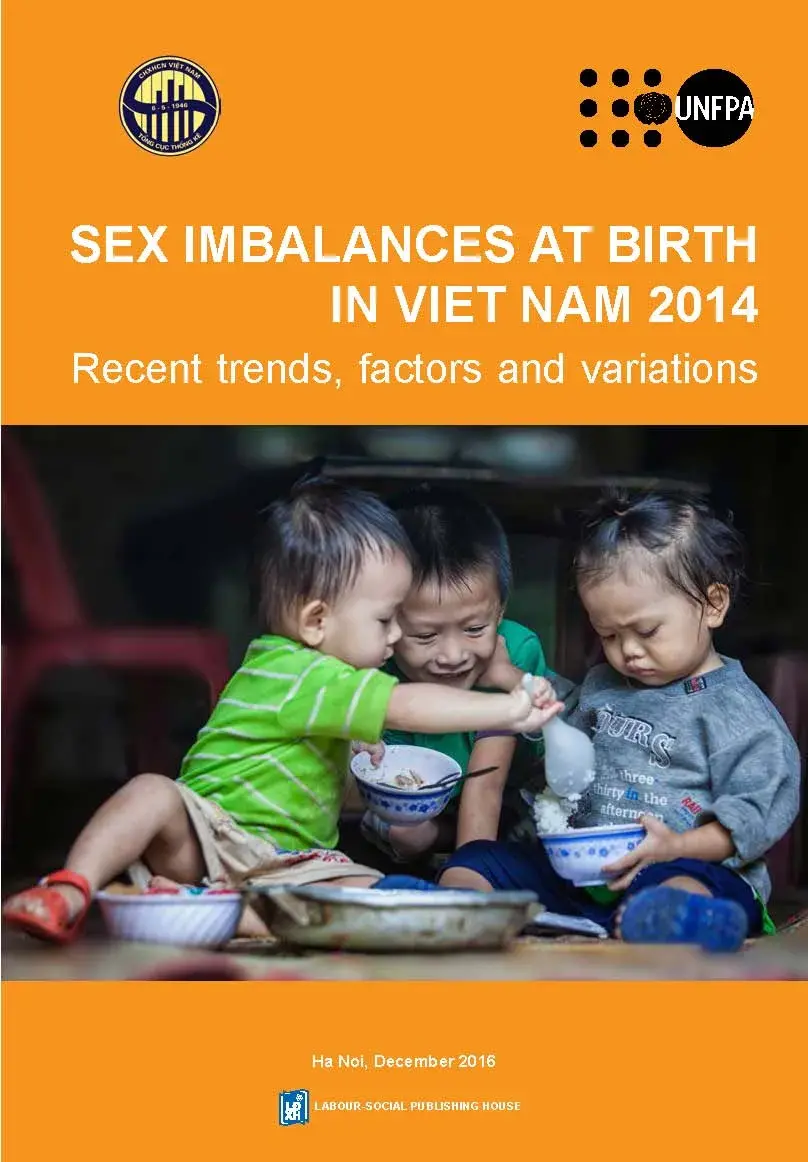This monograph was developed using the data from the 2014 IPS and 2009 Census to provide the most updated information about an emerging issue that has received great attention from policymakers in Viet Nam. It illustrates the differences of this ratio among regions and population groups, the relationship between socio-economic and demographic factors and sex imbalance at birth in Viet Nam. More specifically, the results help us understand the extent of son preference reflected in reproductive behaviours, and the trend of its diffusion across different population groups. It also proposes some recommendations to address the sex imbalance at birth issue in Viet Nam, and emphasizes the necessity to have information on aspects of social changes and their impacts on son preference to identify factors relating to gender equality in Vietnamese families.
Sex Imbalances at Birth in Viet Nam 2014 Recent trends, factors and variations

Publisher
Number of pages
54
Author
GSO & UNFPA
Publication
Sex Imbalances at Birth in Viet Nam 2014 Recent trends, factors and variations
Publication date
31 December 2016

